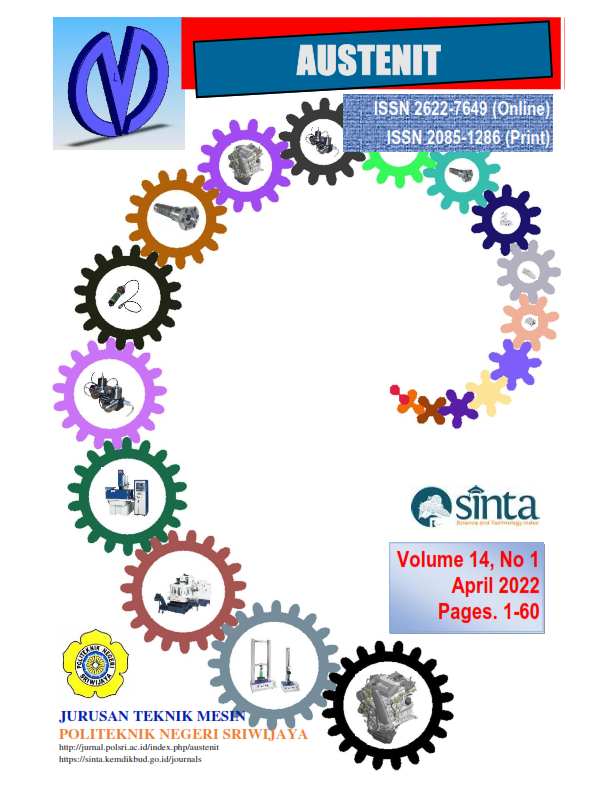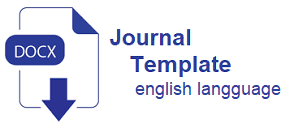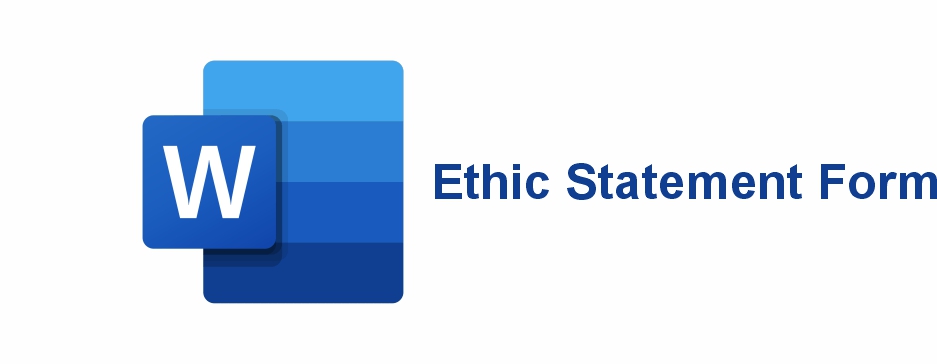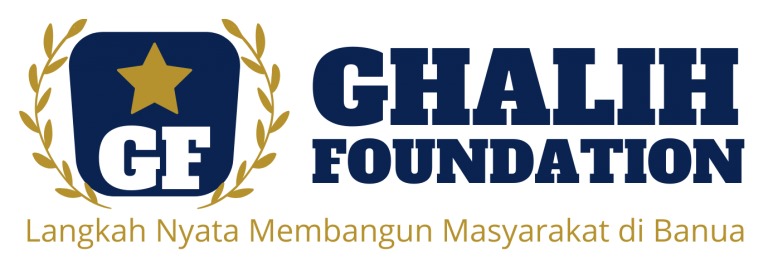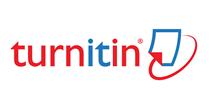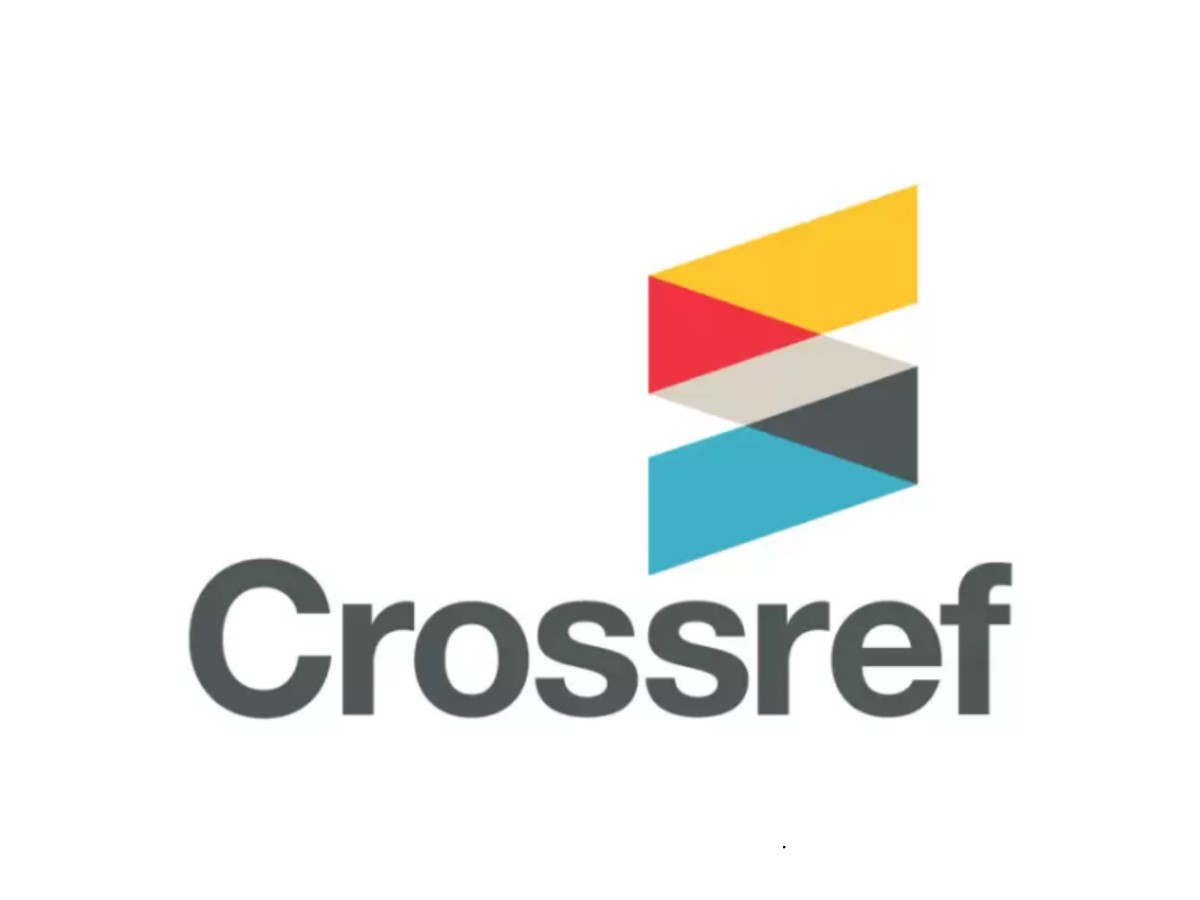AN AQUACULTURE DISRUPTED BY DIGITAL TECHNOLOGY
DOI:
https://doi.org/10.53893/austenit.v14i1.4608Keywords:
aquaculture, digital technogy, disrupts, internetAbstract
Fish farming as a primary protein source is significantly more efficient than other protein sources, and demand for fish continues to climb. The future of fish farming is brighter, more traceable, and more profitable. This research aims to learn everything there is to know about the Internet of Things (IoT) systems, including their technology, protocols, and potential hazards. According to the literature, 3D printing, robotics, drones, sensors, artificial intelligence, augmented reality (AR), virtual reality (VR), and blockchain are the digital technologies affecting aquaculture. A wide range of industries is adapting and using it.
Downloads
References
Ahmed, M. S., Aurpa, T. T., & Azad, M. A. K. (2021). Fish Disease Detection Using Image-Based Machine Learning Technique in Aquaculture. Journal of King Saud University - Computer and Information Sciences, xxxx. https://doi.org/10.1016/j.jksuci.2021.05.003
Asharf, J., Moustafa, N., Khurshid, H., Debie, E., & Haider, W. (2020). A Review of Intrusion Detection Systems Using Machine and Deep Learning in the Internet of Things : Challenges, Solutions and Future Directions. https://doi.org/10.3390/electronics9071177
Bargelloni, L., Tassiello, O., Babbucci, M., Ferraresso, S., Franch, R., Montanucci, L., & Carnier, P. (2021). Data imputation and machine learning improve association analysis and genomic prediction for resistance to fish photobacteriosis in the gilthead seabream. Aquaculture Reports, 20, 100661. https://doi.org/10.1016/j.aqrep.2021.100661
Frühe, L., Cordier, T., Dully, V., Breiner, H. W., Lentendu, G., Pawlowski, J., Martins, C., Wilding, T. A., & Stoeck, T. (2021). Supervised machine learning is superior to indicator value inference in monitoring the environmental impacts of salmon aquaculture using eDNA metabarcodes. Molecular Ecology, 30(13), 2988–3006. https://doi.org/10.1111/mec.15434
Javaid, M., Haleem, A., Singh, R. P., Suman, R., & Gonzalez, E. S. (2022). Understanding the adoption of Industry 4 . 0 technologies in improving. Sustainable Operations and Computers, 0–27. https://doi.org/10.1016/j.susoc.2022.01.008
Lyu, J., Akhavan, J., & Manoochehri, S. (2022). Image-based dataset of artifact surfaces fabricated by additive manufacturing with applications in machine learning. Data in Brief, 41, 107852. https://doi.org/10.1016/j.dib.2022.107852
Machorro-cano, I., Alor-hern, G., & Andr, M. (2020). HEMS-IoT : A Big Data and Machine Learning-Based Smart Home System for Energy Saving.
Niner, H. J., Barut, N. C., Baum, T., Diz, D., LaÃnez del Pozo, D., Laing, S., Lancaster, A. M. S. N., McQuaid, K. A., Mendo, T., Morgera, E., Maharaj, P. N., Okafor-Yarwood, I., Ortega-Cisneros, K., Warikandwa, T. V., & Rees, S. (2022). Issues of context, capacity and scale: Essential conditions and missing links for a sustainable blue economy. Environmental Science and Policy, 130(May 2021), 25–35. https://doi.org/10.1016/j.envsci.2022.01.001
Niu, B., Li, G., Peng, F., Wu, J., Zhang, L., & Li, Z. (2018). Survey of Fish Behavior Analysis by Computer Vision. Journal of Aquaculture Research & Development, 09(05). https://doi.org/10.4172/2155-9546.1000534
Palaiokostas, C. (2021). Predicting disease resistance in aquaculture species using machine learning models. Aquaculture Reports, 20(December 2020), 100660. https://doi.org/10.1016/j.aqrep.2021.100660
Pramoda, R., Indahyanti, B. V., Shafitri, N., Zulham, A., Koeshendrajana, S., Yuliaty, C., Kurniasari, N., Kurniawan, T., Muawanah, U., Hafsaridewi, R., Rosyidah, L., & Kuncoro, H. S. (2021). Fisheries management policy in Indonesia’s Exclusive Economic Zone area. IOP Conference Series: Earth and Environmental Science, 869(1). https://doi.org/10.1088/1755-1315/869/1/012001
Prem., R & Tewari, V.K. (2020) Development of human-powered fish feeding machine for freshwater aquaculture farms of developing countries. https://doi.org/10.1016/j.aquaeng. 2019.102028
Tritsarolis, A., Kontoulis, Y., & Theodoridis, Y. (2022). The Piraeus AIS dataset for large-scale maritime data analytics. Data in Brief, 40, 107782. https://doi.org/10.1016/j.dib.2021.107782
Zhao, S., Zhang, S., Liu, J., Wang, H., Zhu, J., Li, D., & Zhao, R. (2021). Application of machine learning in intelligent fish aquaculture: A review. In Aquaculture (Vol. 540). https://doi.org/10.1016/j.aquaculture.2021.736724
Zhou, C. et al. 2019, Evaluation of fish feeding intensity in aquaculture using a convolutional neural network and machine vision, https://doi.org/10.1016/j.aquaculture.2019.04.056
Creswell, J. W. (2013). Qualitative Inquiry & Research Design (3rd Edition).
Downloads
Published
How to Cite
Issue
Section
License
Copyright (c) 2022 Authors and Publisher

This work is licensed under a Creative Commons Attribution-ShareAlike 4.0 International License.
The Authors submitting a manuscript do so on the understanding that if accepted for publication, Authors retain copyright and grant the AUSTENIT right of first publication with the work simultaneously licensed under a Creative Commons Attribution-ShareAlike License that allows others to share the work with an acknowledgment of the work's authorship and initial publication in this journal.
AUSTENIT, the Editors and the Advisory International Editorial Board make every effort to ensure that no wrong or misleading data, opinions or statements be published in the journal. In any way, the contents of the articles and advertisements published in AUSTENIT are the sole responsibility of their respective authors and advertisers.

